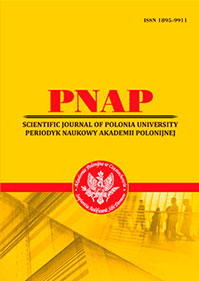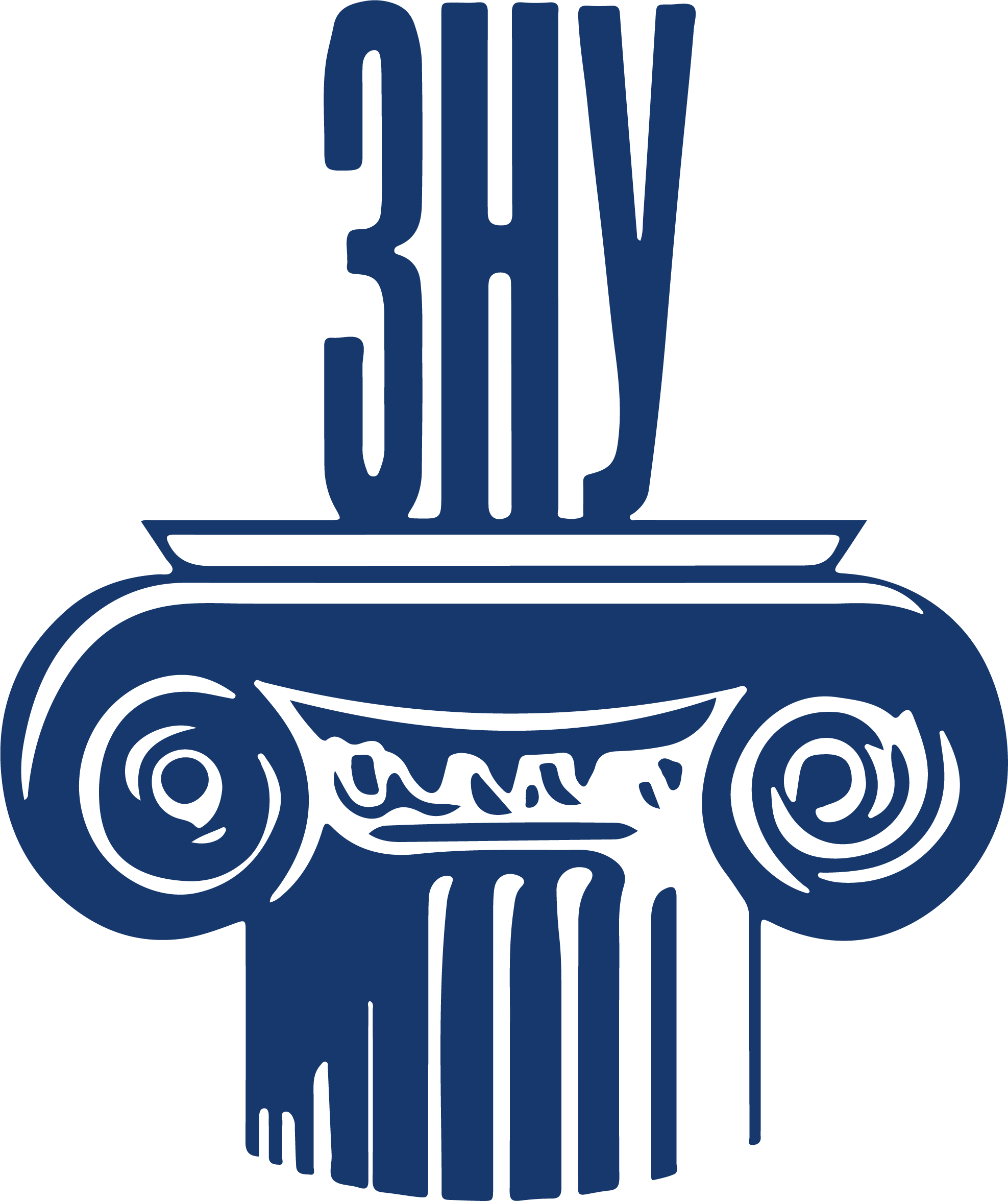THE STEREOTYPE OF THE BELGIAN IN DANY BOON’S COMEDY “RIEN À DÉCLARER” AND ITS AUDIENCE RECEPTION
Abstract
The article addresses the topical issue of the role of ethnocultural stereotypes in contemporary society, as well as their functioning in public discourse, particularly in intercultural communication. Using the example of the Franco- Belgian film «Rien à déclarer» (2010, directed by Dany Boon), the study attempts to outline the functions of ethnocultural stereotypes in a cinematic comedy, to identify the origins of the stereotype of the Belgian portrayed in the film, and to trace the paths of its internalization within the French worldview system, as well as to determine the specific features of its reception by representatives of different ethnic groups, notably the French and the Belgians.The object of the study is the audiovisual artistic text of the French comedy film, while the subject is the ethnocultural stereotype of the Belgian as a communicative and artistic device in Rien à déclarer and its perception by audiences.As a result of the analysis of the audiovisual text and related publicly available materials from public discourse, it is concluded that Dany Boon’s «Rien à déclarer» vividly illustrates the use of ethnocultural stereotypes as means of artistic expression, narrative and compositional structuring, and text-building devices. It has been established that the ethnocultural stereotypes employed by the director and actor are so stable and expressive that they allowed the author to create vivid character portrayals embodying key stereotypical traits attributed to Belgians and French people. The transfer of these stereotypes into comedic situations revealed to the audience the bias inherent in such perceptions of reality, as well as the possibility of adopting an alternative, unbiased view of the stereotyped groups.It is also determined that, as the film’s screenwriter and dialogue author, Dany Boon incorporated into the audiovisual text all the widely recognized traits of the Belgian stereotype prevalent in public discourse, popularized by both traditional and new media. These include the well-known «blagues belges» (Belgian jokes) whose internalization in French and Belgian societies was notably influenced by the popular comedian Coluche. By hyperbolizing stereotypical features attributed to Belgians, the film’s author uses the ethnocultural stereotype as a genre-forming tool, endowing his characters with distinctive personal traits, and developing narrative lines connected both to the romantic relationships of the film’s main characters and to pressing social issues in contemporary European society.
References
2. Białopiotrowicz-Buczko E., Baryła W. Stereotypy i uprzedzenia w środowisku wojskowo-cywilnym Marynarki Wojennej RP. Colloquium WNHiS. 2013. Nr 2 (10). S. 83–108.
3. Galouise P. Top 20 des blagues très connes sur les Belges, pour se préparer pour ce soir. Topito. URL: https://www.topito.com/top-blagues-belges (date d'accès: 27.06.2021).
4. Genion Ph. Comment parler le belge : Et le comprendre (ce qui est moins simple). Paris : Édition Points, 2015. 190 p.
5. Hugo. #113 Le français belge. InnerFrench. URL: https://innerfrench.com/113-le-francais-belge (date d'accès: 27.06.2024).
6. Hugo. Pourquoi les Français se moquent des Belges. InnerFrench. URL: https://www.youtube.com/watch?v=_Ms37HuTZ9s (date d'accès: 25.06.2024).
7. Lippmann W. Public opinion. New-York: Harcourt, Brace, 1922. (Reprinted 1998. New Brunswick, New Jersey: Transaction Publishers). 427 p.
8. Lufy & Enzo. Les clichés des Français sur les Belges. URL: https://www.youtube.com/watch?v=Cz_ETdNXmoY (date d'accès: 01.07.2024).
9. Programme du 6 au 12 octobre 1989 «, Ciné Télé Revue, no 40, 5 octobre 1989, p. 50. URL: https://catalogue.ina.fr/doc/TV-RADIO/DA_CPG06000667/c-est-l-histoire-d-un-mec
10. Schadron G. De la naissance d'un stéréotype à son internalisation. Cahiers de l’Urmis/ 2006, 10–11. URL: http://journals.openedition.org/urmis/220; DOI : https://doi.org/10.4000/urmis.220.
11. Trepte S. Social Identity Theory. Lawrence Erlbaum Associates / red. J. Bryant, P. Vordere. New Jersey, 2006, Р. 255–271.
12. Young K. Social Psychology. New York: Appleton-Century-Crofts Inc. 1956. 632 p.
13. Венгринюк М. Функції етнокультурних стереотипів у художньому тексті (на матеріалі роману Гарпер Лі «Вбити пересмішника»). Вісник університету імені Альфреда Нобеля. Серія «Філологічні науки». 2020. № 1(19). C. 76–82.
14. Корнієнко О. Етнічні стереотипи в міжетнічній комунікації. Світогляд – філософія – релігія. 2015. № 9. C. 14–23.
15. Малюга Н. Етнічні стереотипи та упередження в українському художньому дискурсі. Філологічні студії. 2010. № 4. С. 131–140.
16. Нікон Н. Етнічні стереотипи в свідомості болгар. Український соціум. 2010. № 3(34). С. 17–25.
17. Сердюк С. Функції етнічних стереотипів та їхня роль у формуванні етнічної ідентичності. Наукові записки Національного університету «Києво-Могилянська академія». Теорія та історія культури. 2001. № 19. С. 10–14.
 ISSN
ISSN 


.png)



